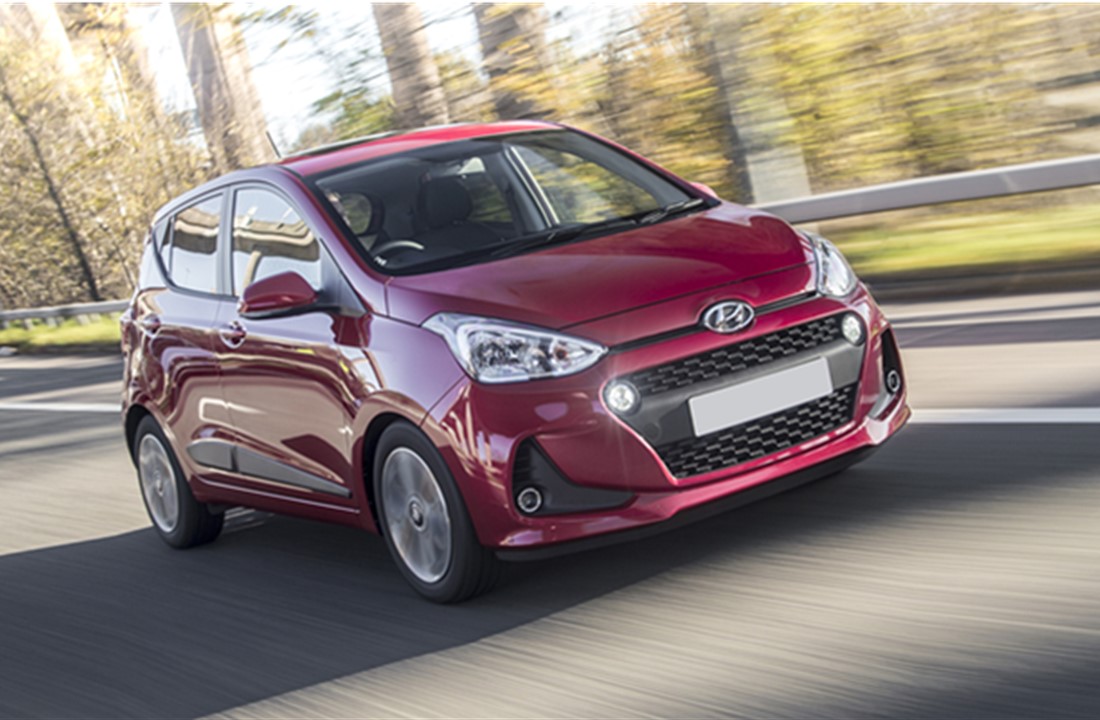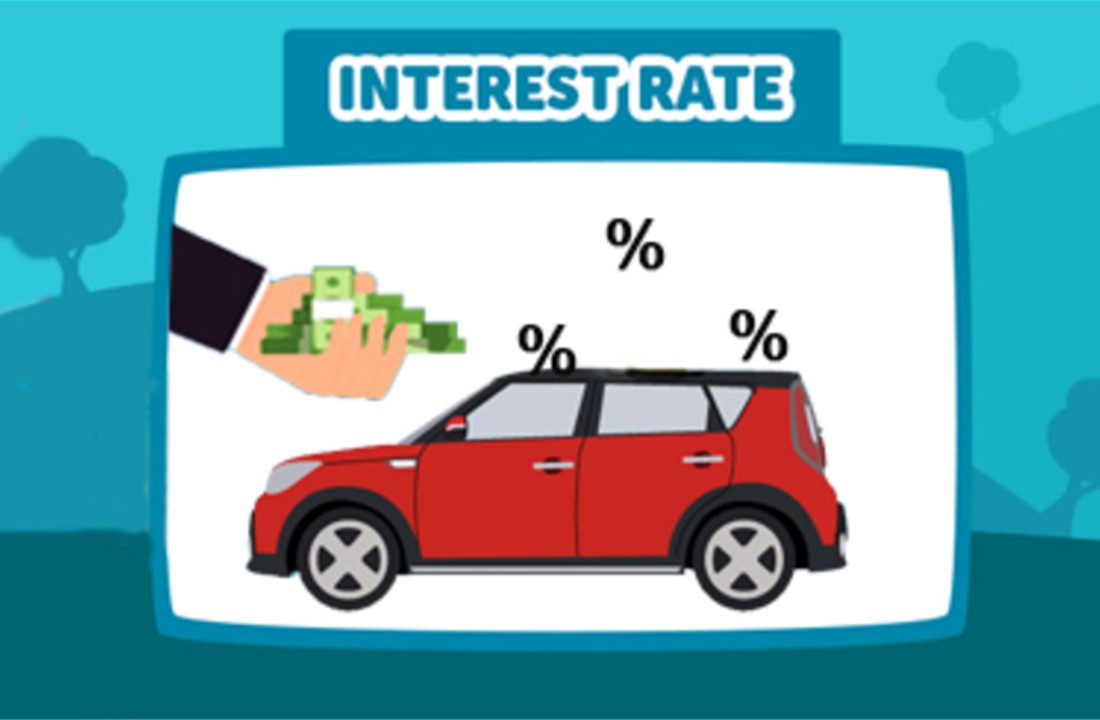If you ever wondered how a bank finance a car, you may be surprised to learn that the process is not that complicated. It is similar to other financial products but has a few key differences.
The main difference is the collateral. Unlike other types of loans, the object of purchase becomes the collateral. In this case, the car becomes the collateral and if you would stop making your monthly payments, the bank is entitled to repossess the car.
The way banks finance a car loan involves a screening of the customer. In most cases, you will get preapproved for a loan even before seeing a car dealership. The bank will require asset information maybe even dealer details, verifiable source of income and income history as well as your SS and taxpayer ID number.

Once all documents are provided, the dealer will receive the payment for the car from the bank and finalize the paperwork. The car will become collateral on the loan and you will begin paying the monthly installments. This is how a bank finance a car.
The simpler version is factoring in 3 key aspects. A loan is comprised of the loan amount which is the sum of money that the bank will wire to the dealer for the new car, the APR which is the interest rate, and the loan term which represents the period over which the loan payments will be made.
In most cases, the dealership will take care of all the paperwork. Some banks even have partnerships with dealers which can save you some time. Other dealers may offer their financing options but keep in mind that their interest rates may be higher than the ones offered by a regular bank. What you should do is compare offers and see what you can get from more than just one dealer.




